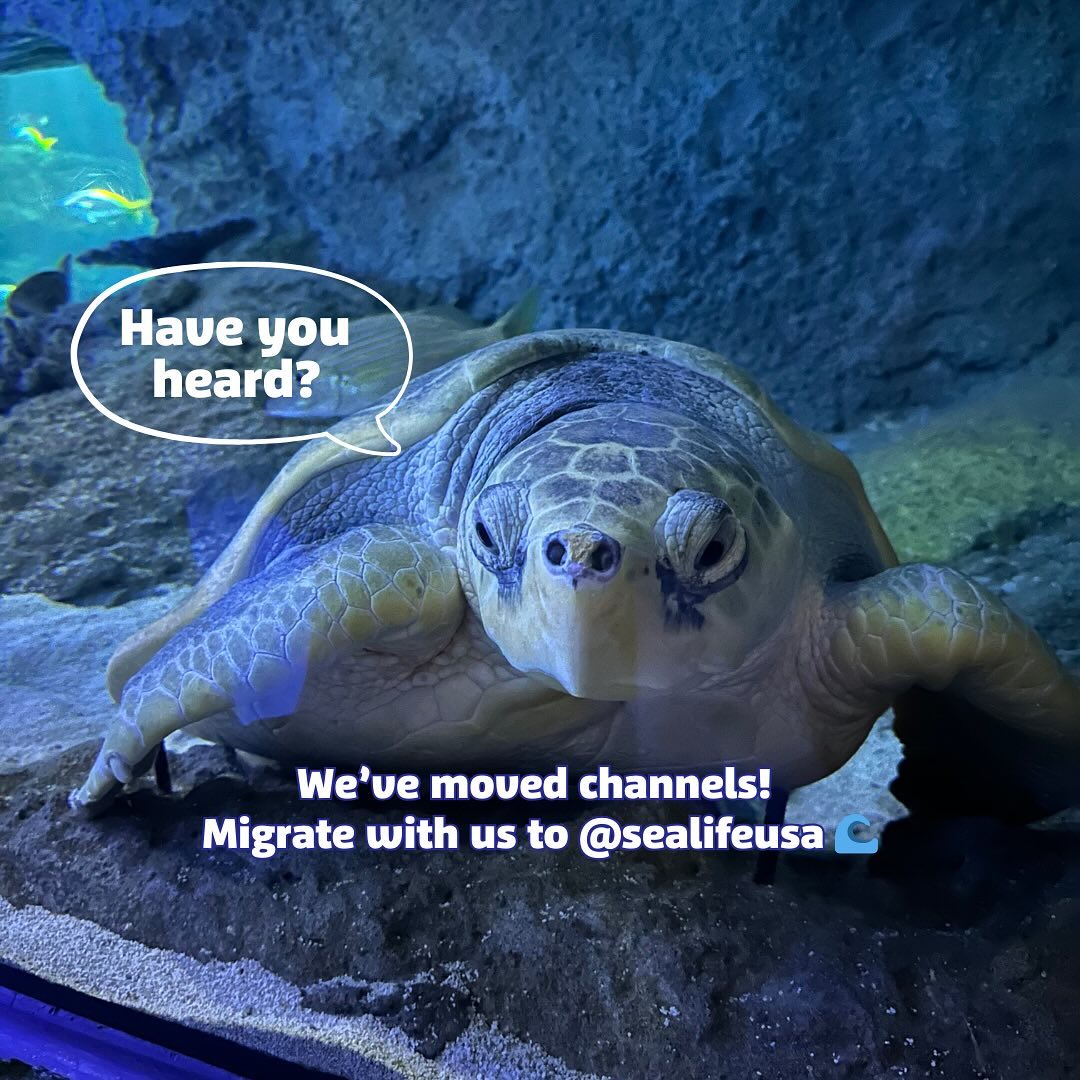- Understanding the Migratory Patterns of Sea Turtles
- The Biological Mechanisms Driving Sea Turtle Migration
- Challenges and Threats Faced During Sea Turtle Migration
- The Role of Conservation in Supporting Sea Turtle Migration
- The Impact of Coastal Development on Sea Turtle Habitats
Sea turtles are among the oldest creatures on the planet, with their existence dating back over 100 million years. These marine reptiles undertake a phenomenal journey across vast oceanic distances, a behavior that is both fascinating and vital for their survival. The migratory patterns of sea turtles are complex and driven by various biological and environmental factors.
Understanding the Migratory Patterns of Sea Turtles
Sea turtles are known for their long-distance migrations between feeding grounds and nesting sites. This incredible journey is common across several species, including the leatherback, green, and loggerhead turtles. These migrations can cover thousands of miles and are vital for their lifecycle. One of the most remarkable aspects of their migration is natal homing. This phenomenon describes the ability of sea turtles to return to the exact beach where they were born to lay their eggs. This precision in navigation baffles scientists and highlights the importance of protecting nesting sites to preserve these species.
Satellite tracking technologies have revolutionized our understanding of these migrations. By attaching transmitters to the turtles’ shells, researchers can monitor movement and gather data on their habits. This has revealed migration routes, travel speeds, and even diving behaviors. Understanding these patterns helps identify crucial habitats that require protection.
The Biological Mechanisms Driving Sea Turtle Migration
Sea turtles have developed intricate sensory abilities that guide their migrations. One crucial component is the magnetic field of the Earth. Turtles use this geomagnetic information as a navigational tool, allowing them to determine their location in the ocean. This magnetic sense functions almost like an internal compass, guiding them over long distances with remarkable accuracy.
Additionally, olfactory cues play a part, especially when turtles get closer to the coast. The smell of their natal beach may trigger instinctual behaviors that lead them back to their birthplace. Another vital aspect is their keen sense of temperature. Sea turtles can detect slight changes in water temperature and use these cues to find warm water currents that aid their migratory journey.
The onset of migration is typically driven by environmental signals. Changes in sea surface temperature, currents, and the availability of prey all influence when and where sea turtles decide to travel. This biological synchronization with the environment ensures that they optimize their energy reserves for the long journey ahead.
Challenges and Threats Faced During Sea Turtle Migration
Despite their impressive adaptations, sea turtles face numerous obstacles during migration. Marine pollution is a significant threat, with turtles often entangling in fishing nets or ingesting marine debris like plastic. Such encounters can result in injury or death, posing a substantial risk to turtle populations worldwide.
Climate change further complicates this picture. Rising ocean temperatures can alter migratory cues, disrupt feeding and breeding patterns, and increase the incidence of disease. Furthermore, beach erosion and rising sea levels threaten nesting sites, putting future generations at risk.
Illegal poaching and harvesting of eggs continue to plague certain regions, reducing hatchling numbers and further threatening species survival. Thus, addressing these human-induced threats is imperative for the conservation of sea turtles.
The Role of Conservation in Supporting Sea Turtle Migration
Conservation efforts have become a beacon of hope for sea turtles. Implementing protective legislation, such as the designation of marine protected areas, can safeguard critical habitats along migration routes. Engaging local communities in conservation initiatives increases awareness and fosters stewardship of marine environments.
Efforts to combat illegal poaching are essential. Through partnerships between governmental, non-governmental, and community organizations, significant strides have been made to protect nesting sites and reduce poaching activities. Empowering local communities by providing alternative livelihoods also diminishes reliance on turtle harvesting.
Furthermore, global cooperation is crucial, as turtles do not recognize international boundaries. Countries can collaborate by sharing research, resources, and successful management strategies to enhance global conservation outcomes for sea turtles.
The Impact of Coastal Development on Sea Turtle Habitats
Coastal development poses a significant challenge to the natural habitats of sea turtles. The expansion of resorts, urban areas, and infrastructure can lead to the loss of nesting beaches. Construction activities and increased human presence can deter turtles from nesting and disrupt hatchling journeys to the ocean.
Artificial lighting from coastal developments can disorient hatchlings as they emerge from their nests, causing them to move inland rather than toward the sea. This misdirection results in increased mortality as they can fall prey to terrestrial predators or suffer dehydration.
To mitigate the impact of coastal development, regulations need enforcing to limit construction near critical turtle habitats. Employing eco-friendly lighting options and restricting beach access during nesting seasons are actionable steps that can minimize human impact. Restoring natural landscapes where possible also provides turtles with the chance to reclaim their traditional nesting grounds.
In the continual balance between human development and wildlife conservation, sea turtles stand as a testament to the importance of ecological preservation. Through dedicated conservation efforts, these ancient mariners can continue their journey across the oceans, a journey that spans millions of years and countless miles.
*****
Source Description
Even sea turtles know it’s time to migrate 🐢 Follow @sealifeusa now for everything you love about SEA LIFE—all in one place!


